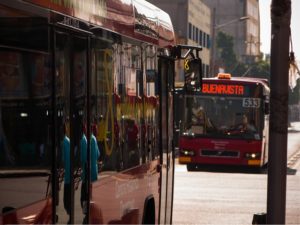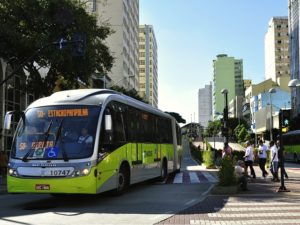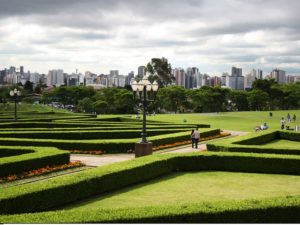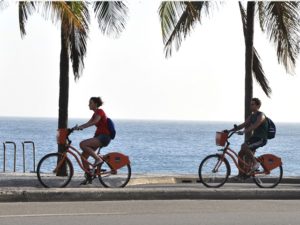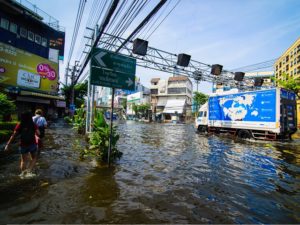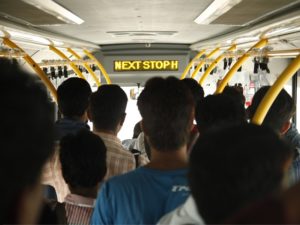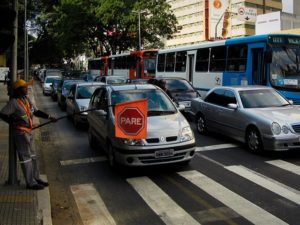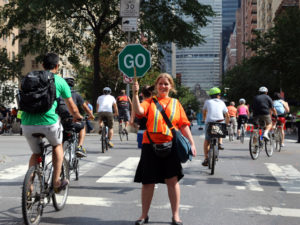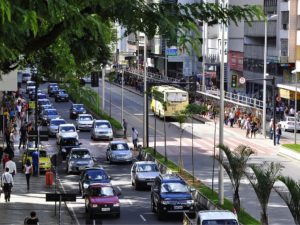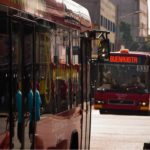
With a metropolitan population of more than 21 million people—and growing quickly—Mexico City faces distinct challenges in delivering sustainable urban mobility. Whether to combat a long history of urban sprawl or to meet the mobility needs of different communities, the city has had ...


Over the past few years, demand for buses has been declining in major Brazilian cities. How should city and transport leaders respond to this alarming trend? One possible solution is to improve the quality and productivity of bus service. To achieve this, smart ...


Streets perform a necessary function in the life of cities, like the arteries of a complex, urban organism. As the Project for Public Spaces notes, city streets “animate the social and economic life of communities” by serving as primary sites ...


Two weeks ago, the World Bicycle Forum in Medellín, Colombia brought together more than 4,000 attendees from across the globe to discuss the challenges and opportunities of urban cycling. Many have praised the event for its ability to bring a ...


Cities contribute 70 percent of the world’s energy-related greenhouse gas emissions and play an essential role in climate change mitigation. However, since average global temperatures are already rising and the effects of climate change are becoming increasingly palpable around the world, ...

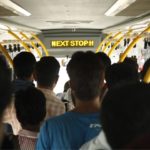
This article was originally published in the Deccan Herald on February 25, 2015. After five years of construction, Indore opened one of India’s few bus rapid transit (BRT) systems in May 2013. Operations started with a fraction of the total ...


A century of car-centric urban development has left our cities polluted, congested, and searching for sustainable solutions. Transport Demand Management (TDM) strategies can provide these solutions by combining public policy and private sector innovation to reverse over-reliance on private cars. ...


Like many DIY, post-recession movements that have sprung up in the past few years, tactical urbanism is human-centered and empowering. At its core, it’s about people making the city work for them. Rather than relying on governmental actors, the tactical ...


International Women’s Day is on March 8, 2015, and this year’s theme is “Make It Happen.” Nowhere do women make it happen more than they do in cities. In cities all around the world, women are working to improve the ...

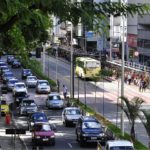
Too many cities currently evaluate their streets in a way that doesn’t support long-term sustainability. The conventional approach centers exclusively on cars, and how quickly they can move up and down streets. Under this approach, a street receives an “A ...

Page 122 of 348« First...1020...121122123...130140...Last »










